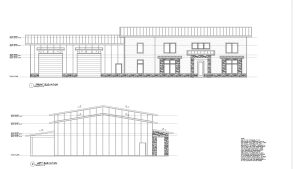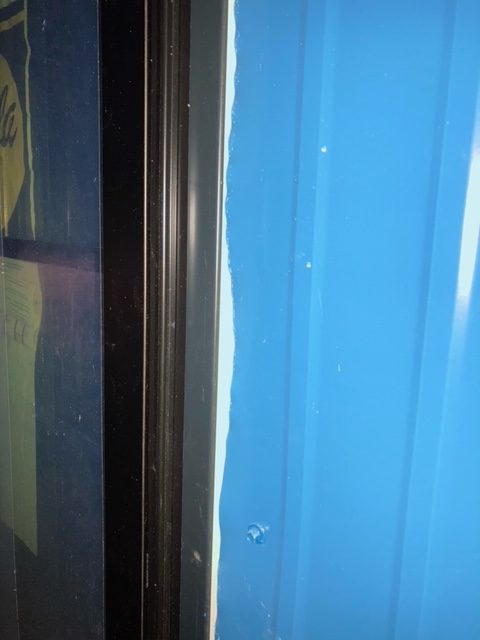My closest experience to a stucco building came as a teenager working with my dad. We were installing 3/8-inch plywood soffits with continuous vents on the eave overhangs of an apartment complex which my father and uncles and framed. Dad did teach me some pretty neat tricks to make the soffit easy to install, as well as being a quality application.
Not far behind us, came the stucco crew. I will confess, at 16 I was just not very interested in what it is they were doing.
 Well, Hansen Pole Buildings’ Designer Doug awoke me from my unknowing stupor today to ask me questions about the application of stucco on pole buildings. I thanked him profusely for sending me off upon a research trip and a Googling I went.
Well, Hansen Pole Buildings’ Designer Doug awoke me from my unknowing stupor today to ask me questions about the application of stucco on pole buildings. I thanked him profusely for sending me off upon a research trip and a Googling I went.
Doug’s primary question was in regards to the substrate needed for the application – which would be best, OSB (oriented strand board) or plywood. Doug had a concern about moisture getting to either one and causing issues.
I’d written previously about the battle of the two sheathings here: https://www.hansenpolebuildings.com/2013/10/osb-versus-plywood/
It turns out the stucco itself is isolated from the sheathing. Whilst some websites recommend the use of one layer of 15-pound asphalt impregnated paper (building felt), it appears there may be some merit to having two layers. The outer layer of felt acts as a bond break between the stucco and the inner layer of felt, permitting modest drainage of water between the two layers.
Most folks are fairly familiar with DuPont™ Tyvek®. Those who have not used it personally, on a building project, have probably seen it on the walls of under constructions homes, apartments or commercial buildings.
Well, the wizards at DuPont™ may have another winner with Tyvek® StuccoWrap® https://www.dupont.com/products-and-services/construction-materials/building-envelope-systems/brands/water-barrier-systems/products/tyvek-stuccowrap.html
It sure sounds like installation of StuccoWrap® could be easier and perform better than felt.
One thing which I did NOT see addressed in any of the myriad of articles I read, was discussion about the stiffness of the underlying wall which stucco is to be applied to. TABLE 1604.3 of the 2012 IBC (International Building Code) places deflection limits on exterior walls with plaster or stucco finishes as L/360. Post frame buildings with structural steel siding, need only meet an L/60.
(Here is the Code reference: https://publicecodes.cyberregs.com/icod/ibc/2012/icod_ibc_2012_16_sec004.htm)
If considering the application of stucco on your new pole building, make sure to get the deflection criteria for the walls in writing. One of the last things you want to have happen is for the new stucco finish to be cracking due to too much flex in the walls.








